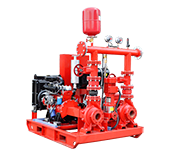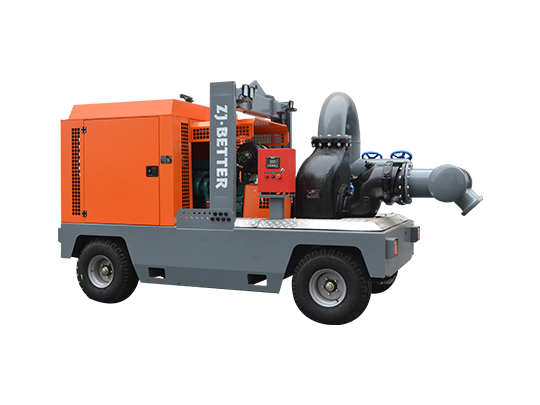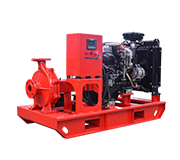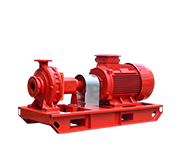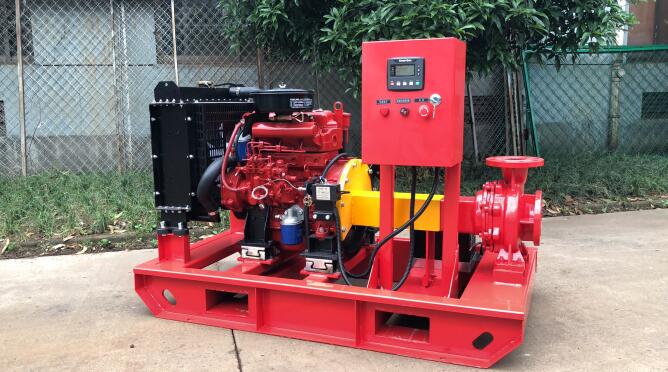What causes fire pump cavitation? What is the fire pump cavitation?
2021-03-03
The cause of cavitation in the fire pump is that a part of the pressure in the fire pump body is lower than the saturated pressure of water, or that the water contains a lot of air is the main condition for the formation of cavitation.
The most prone to cavitation are some centrifugal pumps. For example: vertical centrifugal pump or horizontal centrifugal pump.
The causes of cavitation in various fire pumps are usually as follows:
1. The actual working condition of the fire pump is too different from the factory design working condition of the pump. When the fire pump is not running near the allowable operating point, a bottom-up vortex will also occur under the centrifugal pump impeller. When the center pressure of the vortex is reduced to the steam saturation pressure, the vortex becomes a cavitation zone. When this vortex extends into the pump, it can not only promote and aggravate the cavitation of the impeller and fire pump body, but also cause the fire pump to vibrate and make abnormal sounds. This is also the cause of the fire pumps cavitation.
2. The installation height of the fire pump is too high when using the horizontal centrifugal pump. The installation height of the centrifugal pump is too high, and the vacuum at the suction port of the centrifugal pump continues to increase, which causes the pressure in the centrifugal pump cavity to drop too low, which is one of the reasons for the fire pump cavitation.
3. The water flow of the fire pump is not enough. Because the inlet pipe elbows of the pipeline pump are too many or the inlet pipe diameter is too small, the inlet flow and pressure distribution are not uniform, resulting in insufficient inlet flow of the fire pump; too fast water flow into the pool will cause vortex to cause the fire pump inlet to suck air in, It will also cause insufficient inlet flow and uneven pressure distribution of the fire pump, which will cause cavitation. Therefore, if the air in the water is too large, the fire pump will cause cavitation more easily.
4. The altitude of the area where the fire pump used is too high. Usually the fire pump is used in high altitude areas. The atmospheric pressure is particularly low. This will make the pressure at the inlet of the fire pump relatively low; or the temperature of the water delivered by the fire pump is too high, so will occur the bubbling phenomenon. When the water temperature is higher, the steam saturation pressure will be higher, and the water will vaporize more easily. This is also the cause of pump cavitation.
Disadvantages of cavitation:
5. During the operation of the pump, if the partial area of the overflow part (usually somewhere behind the inlet of the impeller blade) for some reason, the absolute pressure of the pumped liquid drops to the liquid vaporization pressure at the current temperature, the liquid will begins to vaporize at this point, produces a large amount of steam and forming bubbles. When the liquid containing a large number of bubbles passes through the high-pressure zone in the impeller, the high-pressure liquid around the bubbles causes the bubbles to shrink sharply and even burst. While the bubbles are condensed and ruptured, the liquid particles fill the cavities at a very high speed. At this moment, it produces a very strong water hammer, and hits the metal surface with a high impact frequency. The impact stress can reach hundreds to thousands of atmospheres, the impact frequency can reach tens of thousands of times per second, and the wall thickness will be broken down in severe cases.

